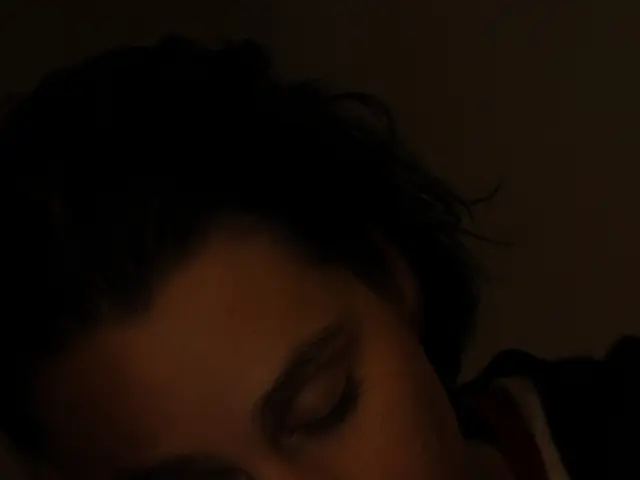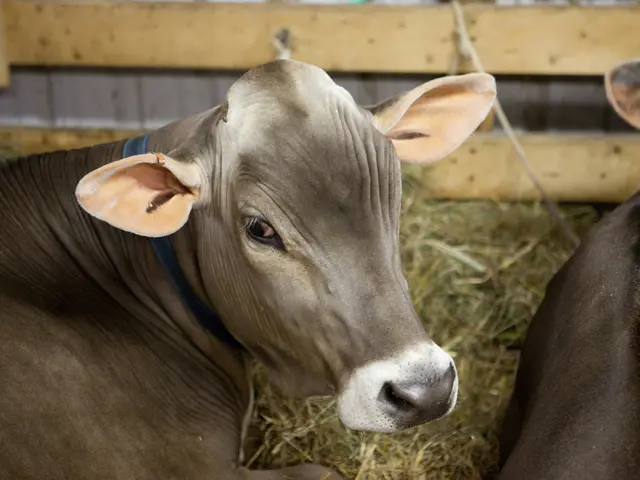Transformation of Odissi Dance: Journey from Sacred Temple Practice to Elevated Classical Style
Odissi, an expressive dance form hailing from Odisha on the eastern coast of India, is renowned for its lyricism, sensuality, and emphasis on bhakti bhava - devotion and surrender. This classical dance style, recognized as one of the eight in the Indian subcontinent, has been celebrated globally for its timeless beauty and religious significance.
The roots of Odissi can be traced back to ancient temple dances, practiced throughout Odisha from as early as the 2nd century BCE, as evidenced by sculptures and carvings found at sites such as Udayagiri and Khandagiri near Bhubaneswar. The dance is also mentioned in the Natya Shastra, an ancient text considered to be the theoretical source of all classical Indian performing arts, which lists Odra nritya - thought to be a precursor to contemporary Odissi.
Temple dance traditions have played a vital role in the history of Odissi. Female temple dancers, known as Maharis, were at the heart of this dance form. Initiated into temple service at a young age, Maharis performed in the service of Lord Jagannath, who is considered a living entity and worshipped as such. Besides the Maharis, there were also Gotipua dancers, young boys dedicated to temples or akhadas (gymnasiums), who trained in acrobatics, singing, and dancing.
Udayagiri and Khandagiri contain some of the oldest such archaeological evidence of Odissi, with depictions of dancers and musicians etched upon the walls of temples dating back to the 2nd century BCE. Other significant architectural examples are the 12th-century Jagannatha temple in Puri and the 13th-century Konark temple, both reflecting the diverse religious beliefs that flourished in ancient Odisha.
In the mid-20th century, Odissi gained official recognition as a classical dance form after a concerted, collaborative effort by scholars and artists. This classification came as India gained independence, recognizing four dance forms as "classical": Bharatanatyam, Kathak, Kathakali, and Manipuri. By the late 1950s, Odissi, along with Kuchipudi, Mohiniyattam, and Sattriya, were also granted this status.
The city of Bhubaneswar, established as the state capital in 1948-49, is located in the coastal region of eastern Odisha. Adjoining Puri to its south-east, and Konark to the north, these towns have been instrumental in shaping the narrative of Odissi. However, it is important to note that several performance and ritual traditions that have influenced the movements, music, and repertoire of the dance exist outside this coastal core as well.
As the cultural and artistic landscape of Odisha evolved, Odissi emerged as a unique fusion of historical roots and contemporary developments. Today, Odissi continues to be celebrated both in India and across the world, embodying its ancient origins and spiritual essence in bygone temple traditions and modern performances.
Medical-conditions related to the physical exertion of traditional Odissi dancers might necessitate health-and-wellness practices, given the history of the dance form which dates back to the 2nd century BCE, as evidenced by the sculptures in Udayagiri and Khandagiri. The science behind these encompasses understanding the impact of dance movements on the bodies of performers, particularly as it pertains to the selected ancient techniques still practiced today.





